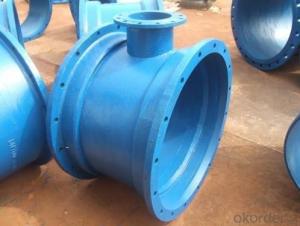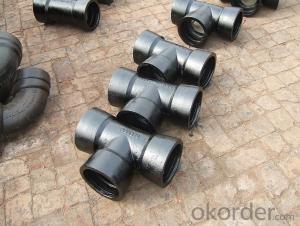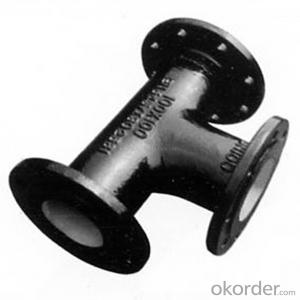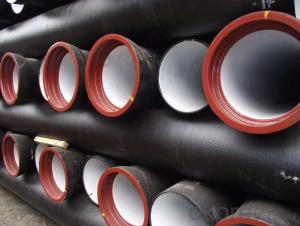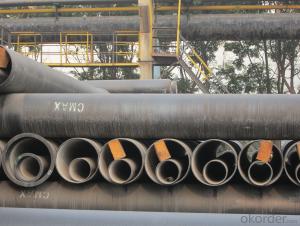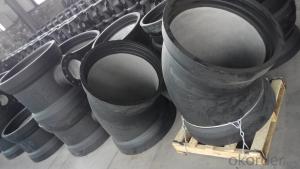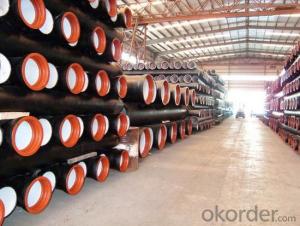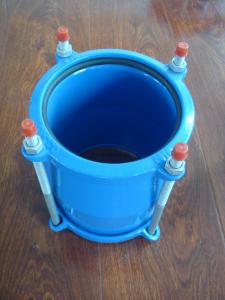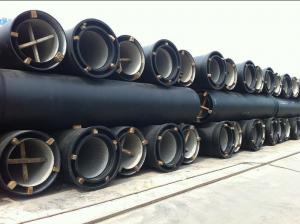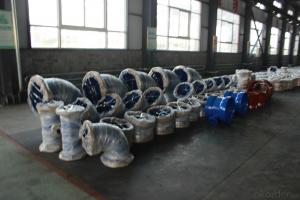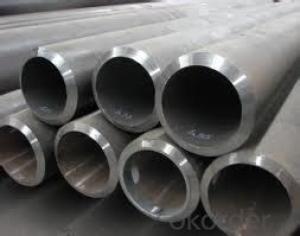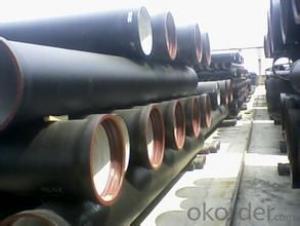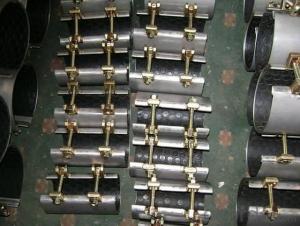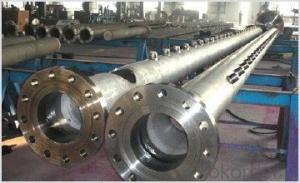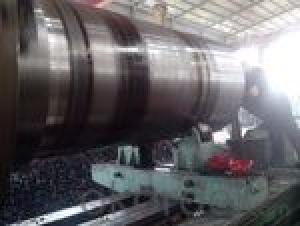All Categories
- - Steel Wire Rod
- - Steel Coils
- - Steel Profiles
- - Steel Pipes
- - Stainless Steel
- - Tinplate
- - Special Steel
- - Steel Sheets
- - Steel Rebars
- - Steel Strips
- - Hot Rolled Steel
- - Cold Rolled Steel
- - Pre-painted Steel
- - Seamless Steel Pipe
- - Welded Steel Pipe
- - Hollow Steel Tubes
- - Galvanized Pipe
- - Stainless Steel Coil
- - Stainless Steel Sheet
- - Stainless Steel Plate
- - Stainless Steel Strips
- - Electrolytic Tinplate Coil
- - Electrolytic Tinplate Sheet
- - Stainless Steel Rebars
- - Solar Panels
- - Solar Water Heater
- - Solar Related Products
- - Solar Inverter
- - Solar Cells
- - Solar Light
- - Solar Energy Systems
- - Solar Controllers
- - Solar Mounting System
- - Solar Pump
- - Solar Chargers
- - Fiberglass Chopped Strand
- - Fiberglass Mesh Cloth
- - Composite Pipes
- - FRP Pultrusion Profiles
- - Fiberglass Mat Tissue
- - Fiberglass Fabrics
- - Fiberglass Mesh
- - Composite Tank
- - Fiberglass Mesh tape
- - Polymer
- - FRP Roofing Panel
- - Fiberglass Roving
- - Monolithic Refractories
- - Ceramic Fiber Products
- - Refractory Bricks
- - Raw Materials For Refractory
- - Suspended Platform
- - Cranes
- - Concrete Machinery
- - Earthmoving Machinery
- - Building Hoist
- - Road Building Machinery
- - Plastic Pipe Fittings
- - Plastic Tubes
- - Plastic Sheets
- - Agricultural Plastic Products
- - Plastic Nets
 All Categories
All Categories
Q & A
How do you calculate the pressure rating of a ductile iron pipe fitting?
To calculate the pressure rating of a ductile iron pipe fitting, you need to consider several factors such as the material's tensile strength, wall thickness, diameter, and the specific application requirements. Generally, the pressure rating is determined by conducting tests and following industry standards, such as ASME B16.42 or ISO 2531. These standards provide guidance on calculating the maximum working pressure based on the pipe fitting's design and material properties.
Can ductile iron pipe fittings be used in corrosive environments?
Yes, ductile iron pipe fittings can be used in corrosive environments. Ductile iron is highly resistant to corrosion and offers excellent durability and strength even in corrosive conditions. Additionally, the fittings can be further protected through appropriate coating and lining techniques to enhance their resistance to corrosion, making them suitable for various corrosive environments.
What is the weight of ductile iron pipe fittings?
The weight of ductile iron pipe fittings varies depending on their size, shape, and specific design. It is recommended to refer to manufacturer specifications or catalogues for accurate weight information.
What are the different joint restraint methods for ductile iron pipe fittings?
There are several joint restraint methods for ductile iron pipe fittings, including mechanical joint restraints, push-on joint restraints, and restrained joint systems. Mechanical joint restraints involve the use of bolts and glands to secure the pipe fittings together. Push-on joint restraints use a rubber gasket to create a tight seal between the pipe and fitting. Restrained joint systems utilize external restraints such as harnesses or tie rods to prevent movement or separation of the pipe fittings. These methods ensure the stability and integrity of the ductile iron pipe system.
Wholesale Ductile Iron Pipe Fittings from supplier in Papua New Guinea
Our team of experts is knowledgeable about the local industry standards and regulations, allowing us to provide tailored solutions for your specific requirements. We offer a wide range of Ductile Iron Pipe Fittings, including but not limited to:
1. Ductile Iron Flanged Fittings: These fittings are designed for easy installation and provide a reliable and leak-free connection. They are available in various sizes and pressure ratings to meet your project needs.
2. Ductile Iron Mechanical Joint Fittings: These fittings are suitable for joining pipes with mechanical joint ends. They are commonly used in water and wastewater applications and are known for their durability and strength.
3. Ductile Iron Push-On Joint Fittings: These fittings are designed for easy and quick installation, eliminating the need for special tools or equipment. They are commonly used in water distribution systems and offer a secure and leak-free connection.
4. Ductile Iron Restrained Joint Fittings: These fittings are designed to provide a restrained connection, preventing joint separation under high pressure or ground movement. They are commonly used in underground applications and offer enhanced durability and reliability.
In addition to our wide range of products, we also provide technical support to assist you in selecting the right fittings for your project. Our team can provide detailed product information, technical specifications, and guidance on installation and maintenance.
We understand the importance of timely delivery and offer efficient logistics services to ensure your Ductile Iron Pipe Fittings reach you on time. Our strong network and strategic partnerships enable us to handle all aspects of the procurement process, from sourcing to delivery.
Whether you are working on a small-scale project or a large infrastructure development, we have the expertise and resources to meet your Ductile Iron Pipe Fittings requirements in Papua New Guinea. Contact us today to discuss your needs and discover how we can assist you.
1. Ductile Iron Flanged Fittings: These fittings are designed for easy installation and provide a reliable and leak-free connection. They are available in various sizes and pressure ratings to meet your project needs.
2. Ductile Iron Mechanical Joint Fittings: These fittings are suitable for joining pipes with mechanical joint ends. They are commonly used in water and wastewater applications and are known for their durability and strength.
3. Ductile Iron Push-On Joint Fittings: These fittings are designed for easy and quick installation, eliminating the need for special tools or equipment. They are commonly used in water distribution systems and offer a secure and leak-free connection.
4. Ductile Iron Restrained Joint Fittings: These fittings are designed to provide a restrained connection, preventing joint separation under high pressure or ground movement. They are commonly used in underground applications and offer enhanced durability and reliability.
In addition to our wide range of products, we also provide technical support to assist you in selecting the right fittings for your project. Our team can provide detailed product information, technical specifications, and guidance on installation and maintenance.
We understand the importance of timely delivery and offer efficient logistics services to ensure your Ductile Iron Pipe Fittings reach you on time. Our strong network and strategic partnerships enable us to handle all aspects of the procurement process, from sourcing to delivery.
Whether you are working on a small-scale project or a large infrastructure development, we have the expertise and resources to meet your Ductile Iron Pipe Fittings requirements in Papua New Guinea. Contact us today to discuss your needs and discover how we can assist you.
Hot Search
- Ductile Iron Pipes in South Korea
- Ductile Iron Pipe Fittings in Lebanon
- Ductile Iron Pipe Fittings in Finland
- Ductile Iron Pipes in Paraguay
- Ductile Iron Pipes in Zimbabwe
- Ductile Iron Pipe Fittings in Mozambique
- Ductile Iron Pipes in Belgium
- Ductile Iron Pipes in Gabon
- Ductile Iron Pipes in Djibouti
- Ductile Iron Pipes in France
